When you step into the gym, it’s easy to get drawn to the big lifts—squats, deadlifts, and bench presses. But if you want a well-rounded physique and stronger functional fitness, dedicating time to core training is essential. Working on your abs at the gym isn’t just about achieving a six-pack—it’s about building core strength that supports every movement, improves posture, and reduces the risk of injury.
Why Train Abs at the Gym?
The gym offers access to a variety of equipment that can make your ab training more effective and engaging. Compared to home workouts, the gym allows for progressive overload through weighted exercises, a wider range of motion with machines, and better overall variety to target your entire core.
A strong core benefits your overall fitness:
-
Improved balance and stability
-
Better performance in compound lifts
-
Reduced back pain
-
Enhanced athletic performance
How to Work Abs at the Gym: Foundational Movements
If you're wondering how to work abs at the gym, start by covering the key areas of your core:
-
Rectus Abdominis (Six-pack muscle)
-
Obliques (Sides of the torso)
-
Transverse Abdominis (Deep core muscles)
-
Lower Back (For balanced core strength)
Here are fundamental exercises that target these areas effectively:
1. Cable Crunches
Using the cable machine, cable crunches allow for resistance progression. Kneel facing the machine, hold the rope handle, and crunch down while engaging your core. Go slow and controlled to maximize tension on your abs.
2. Weighted Decline Sit-Ups
The decline bench is a gym staple for abs. Adding a weight plate to your chest increases the challenge, focusing on building both strength and endurance in the rectus abdominis.
3. Hanging Leg Raises
Using the pull-up bar, this exercise hits the lower abs intensely. Beginners can start with knee raises, while advanced lifters can progress to straight leg raises or toes-to-bar.
4. Russian Twists with Medicine Ball
This rotational movement targets the obliques and helps improve core rotation strength. Perform seated Russian twists holding a medicine ball, twisting side to side while keeping your core braced.
5. Plank Variations
Planks train the deep core muscles and stabilize the spine. At the gym, you can make planks more challenging using sliders, weights on your back, or stability balls.
Personal Experience: The Turning Point for My Core Training
When I first started training, I made the common mistake of doing countless crunches with little progress to show. It wasn’t until I committed to a structured gym routine—using cable machines, weighted movements, and compound exercises—that my core strength noticeably improved. Not only did my abs become more defined, but my squats, deadlifts, and even cardio performance improved. I also noticed less lower back fatigue during long workdays and better posture overall. Abs training became more than vanity—it became foundational to my training.


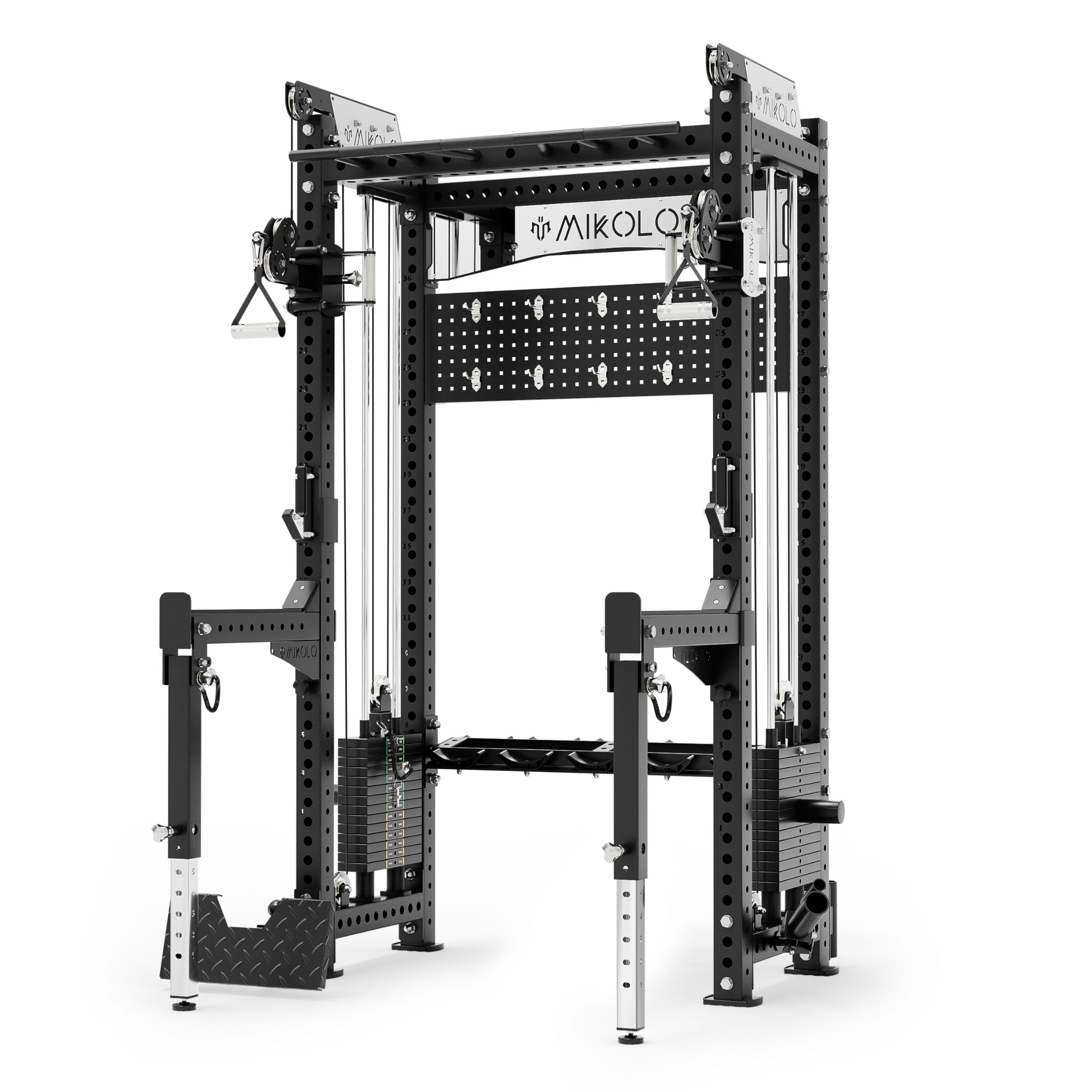
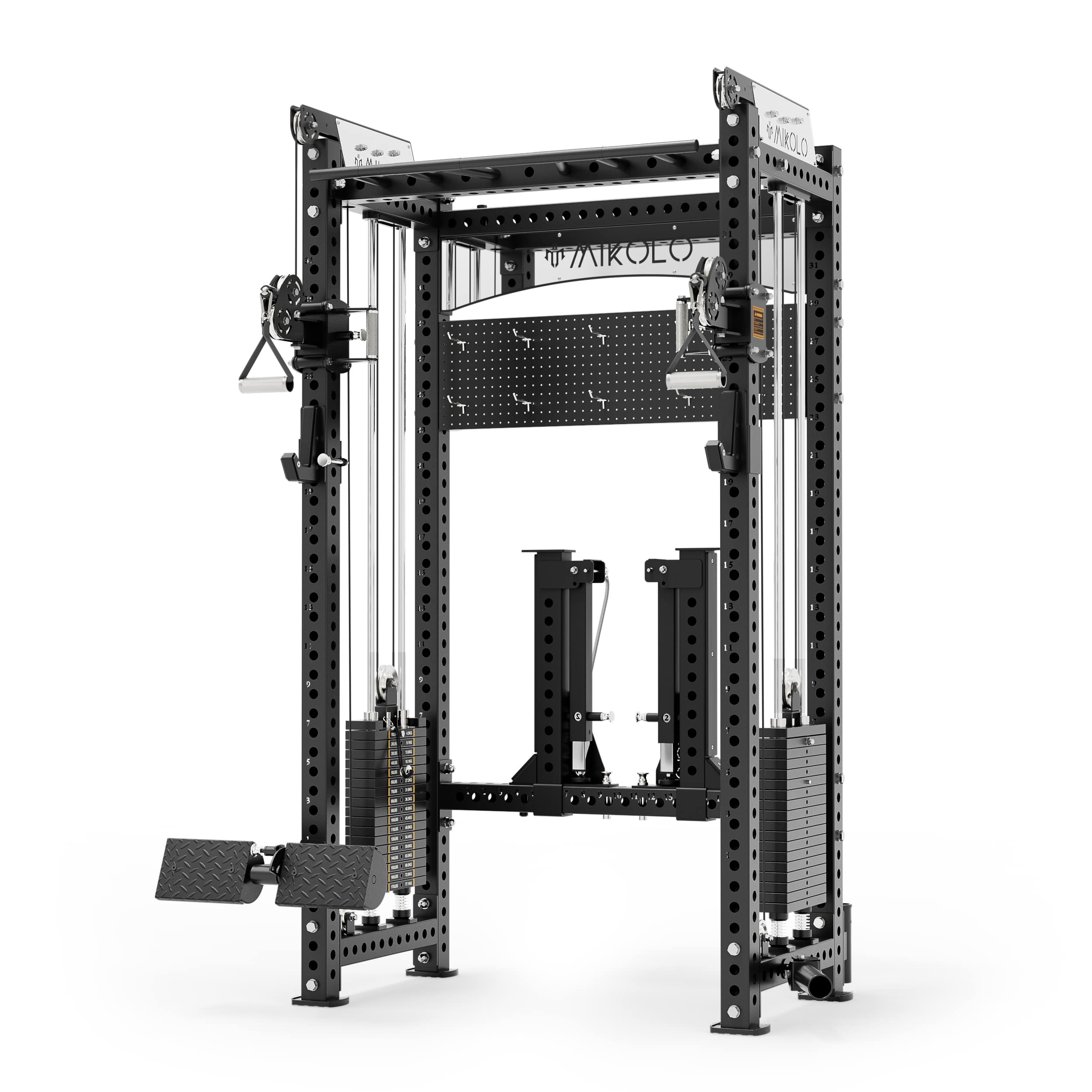
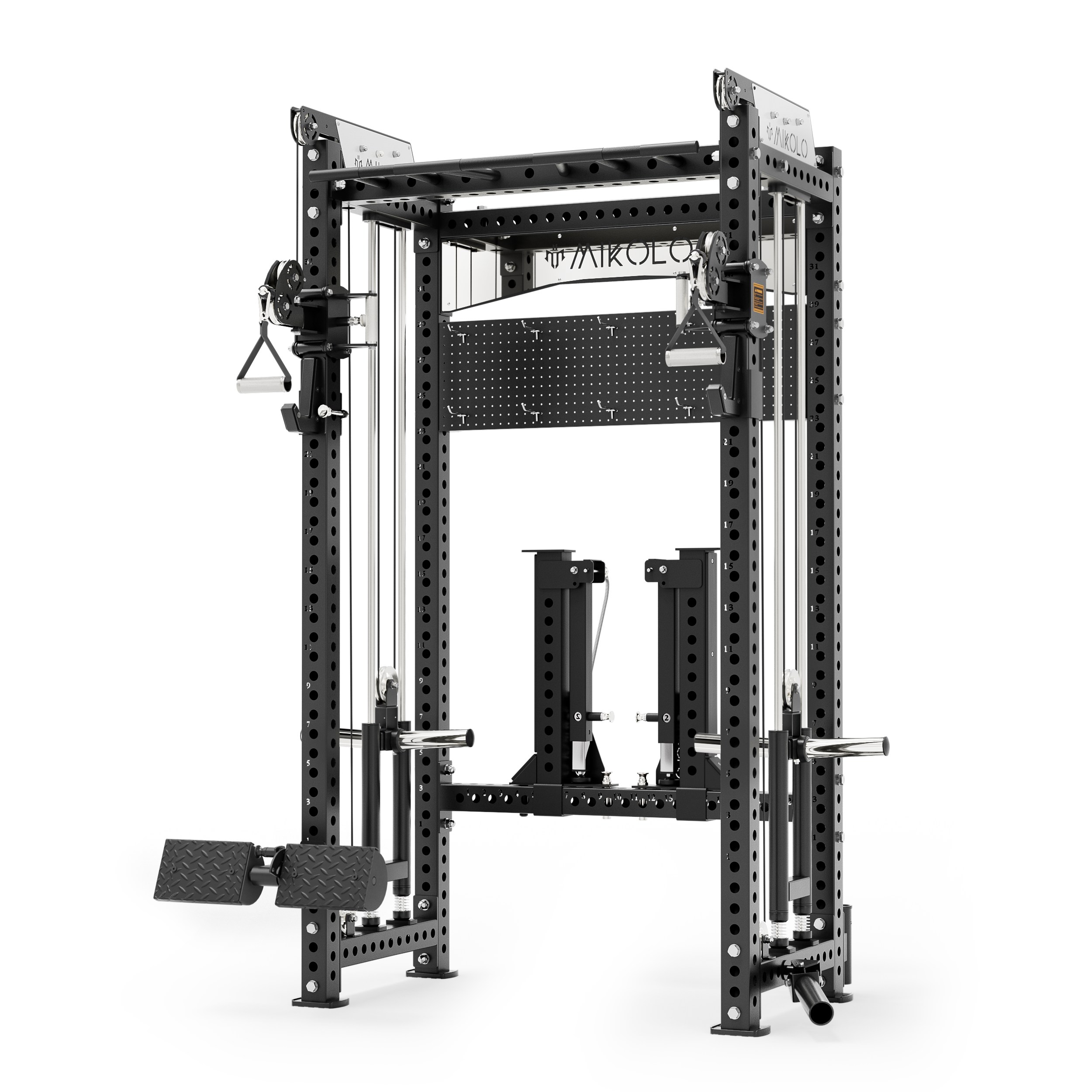
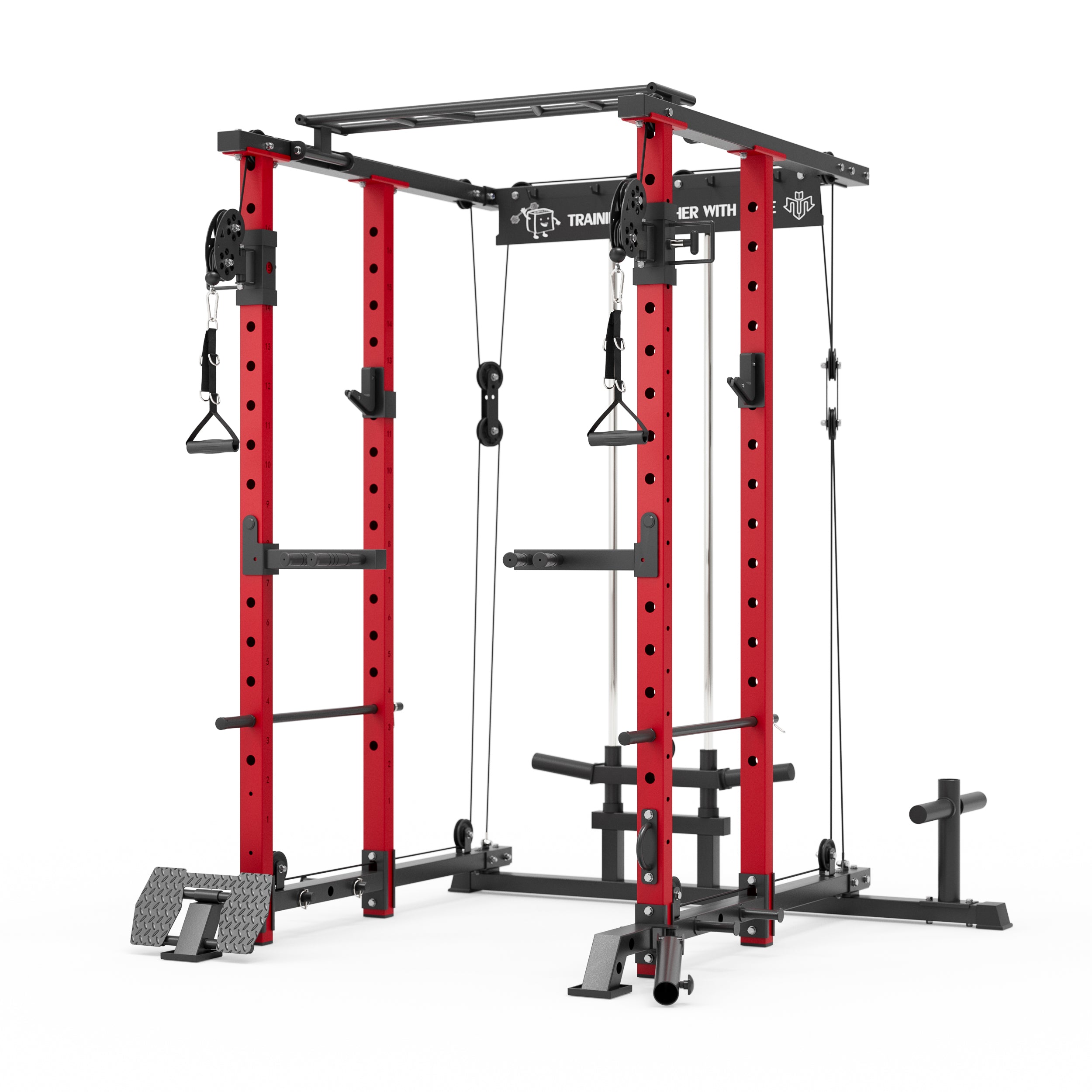

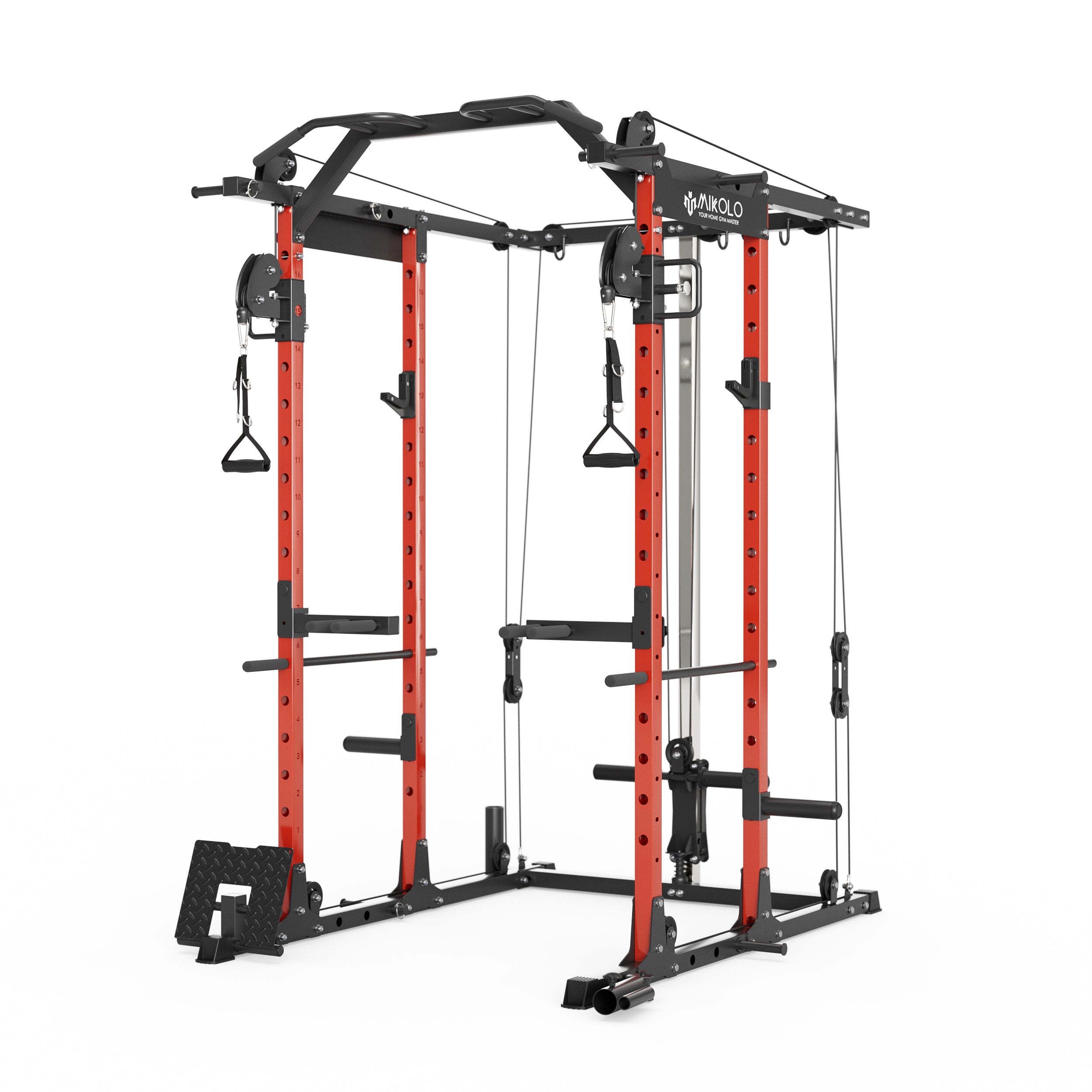
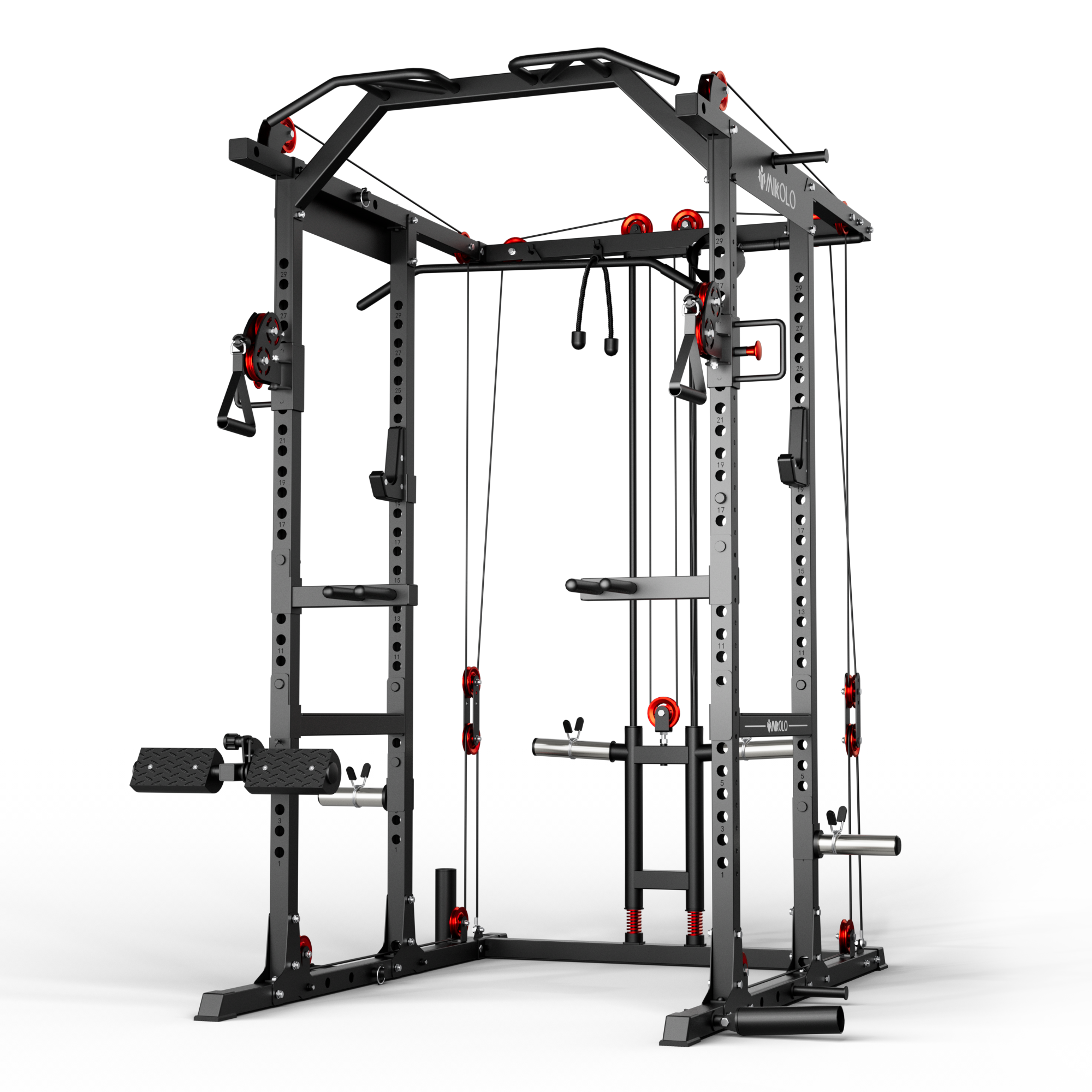
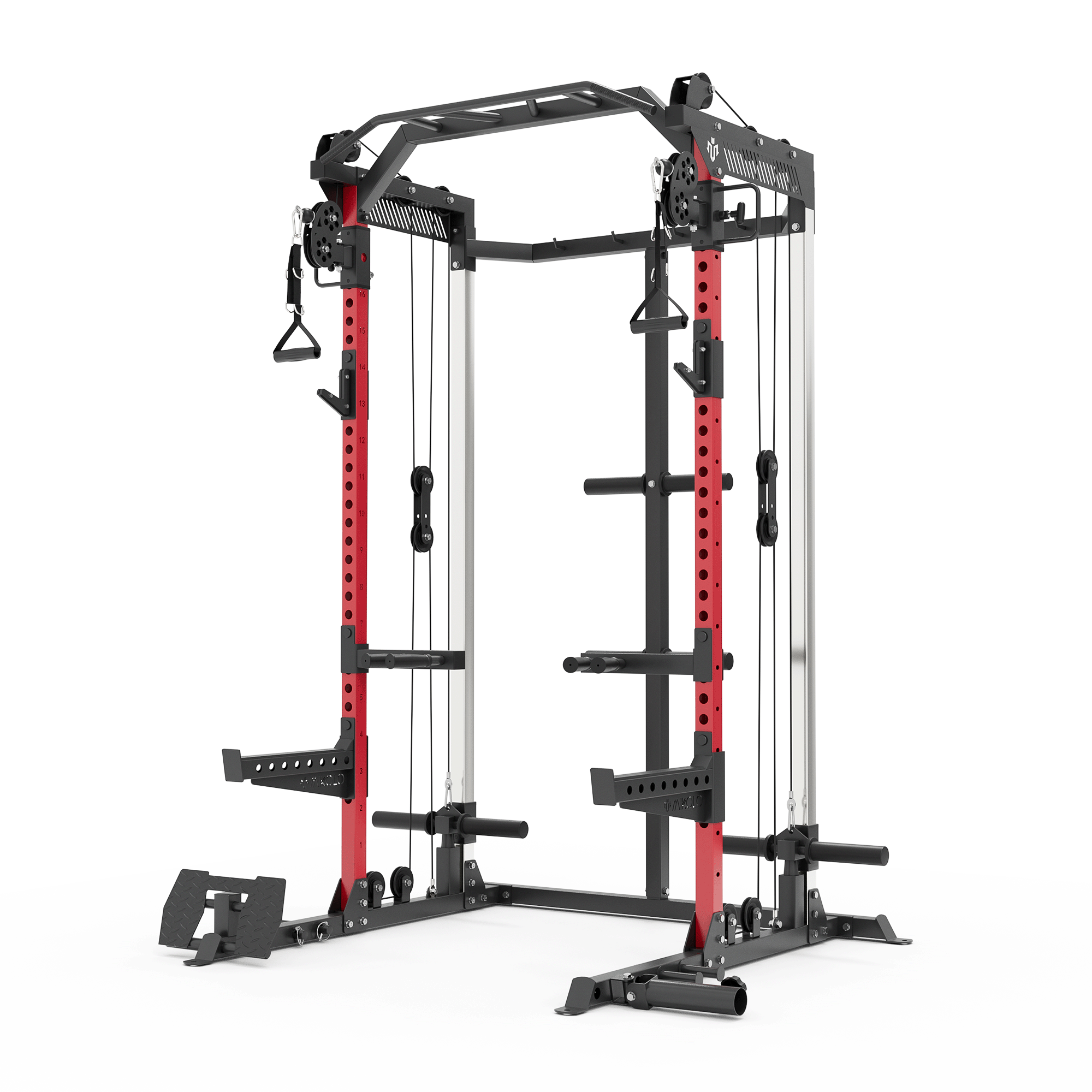
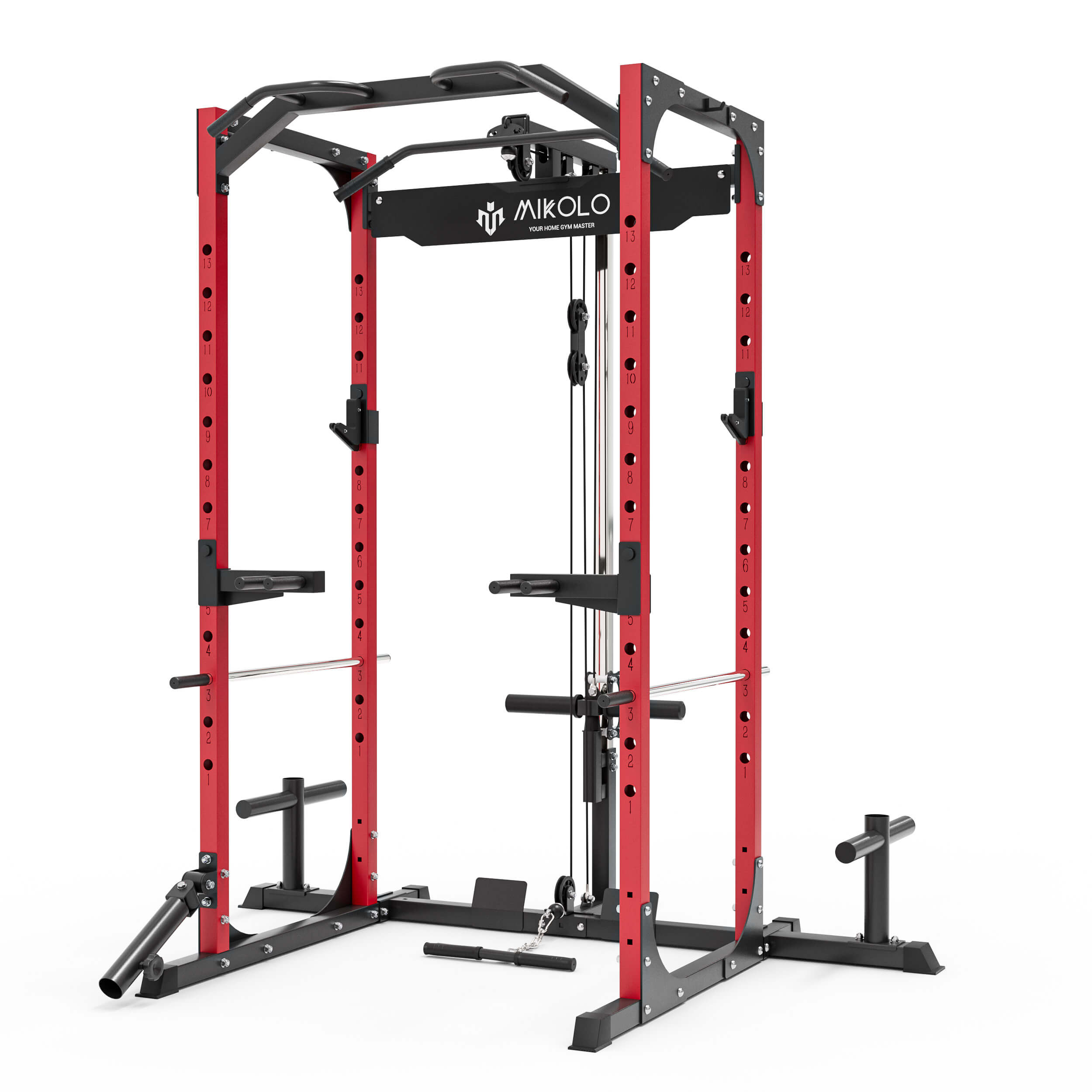
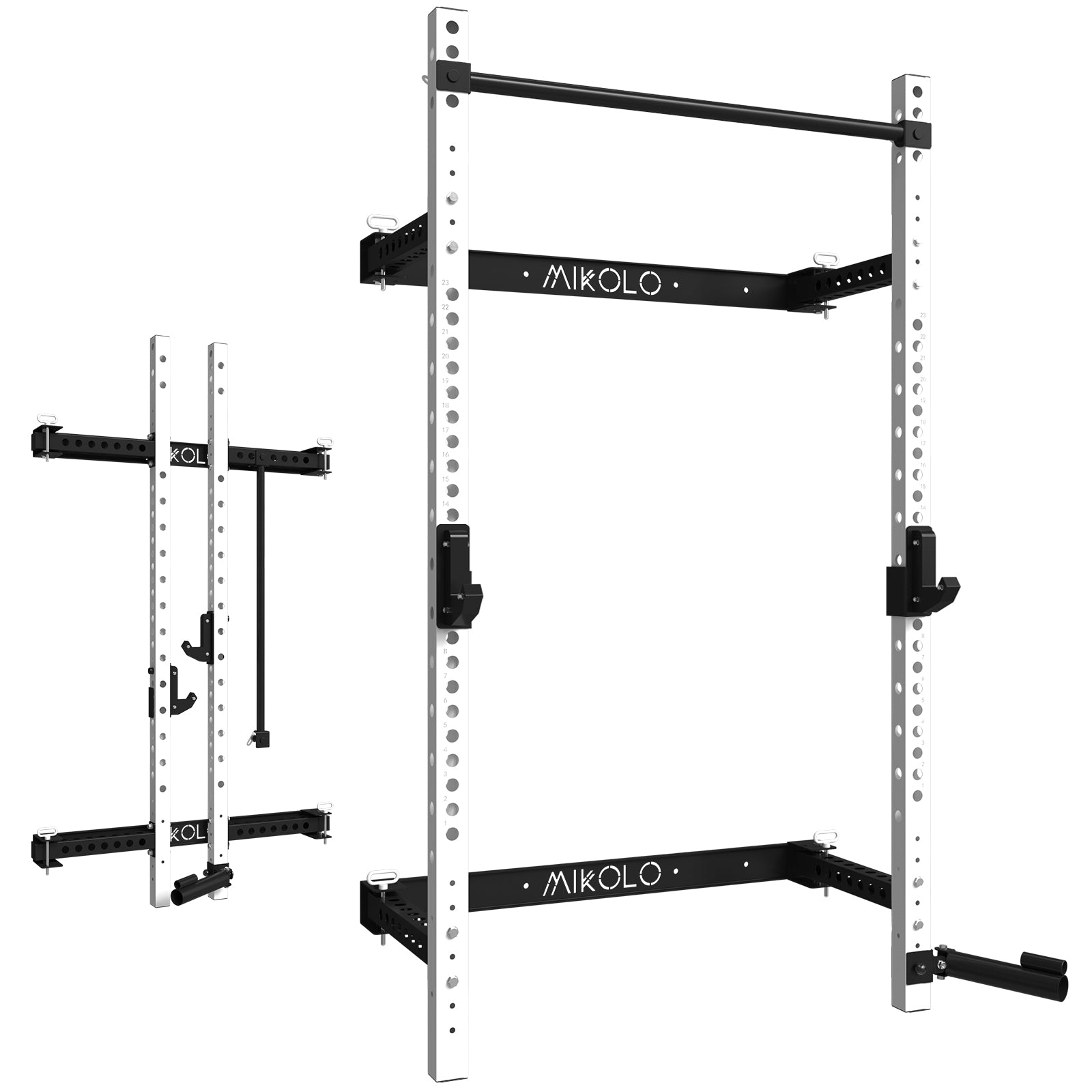


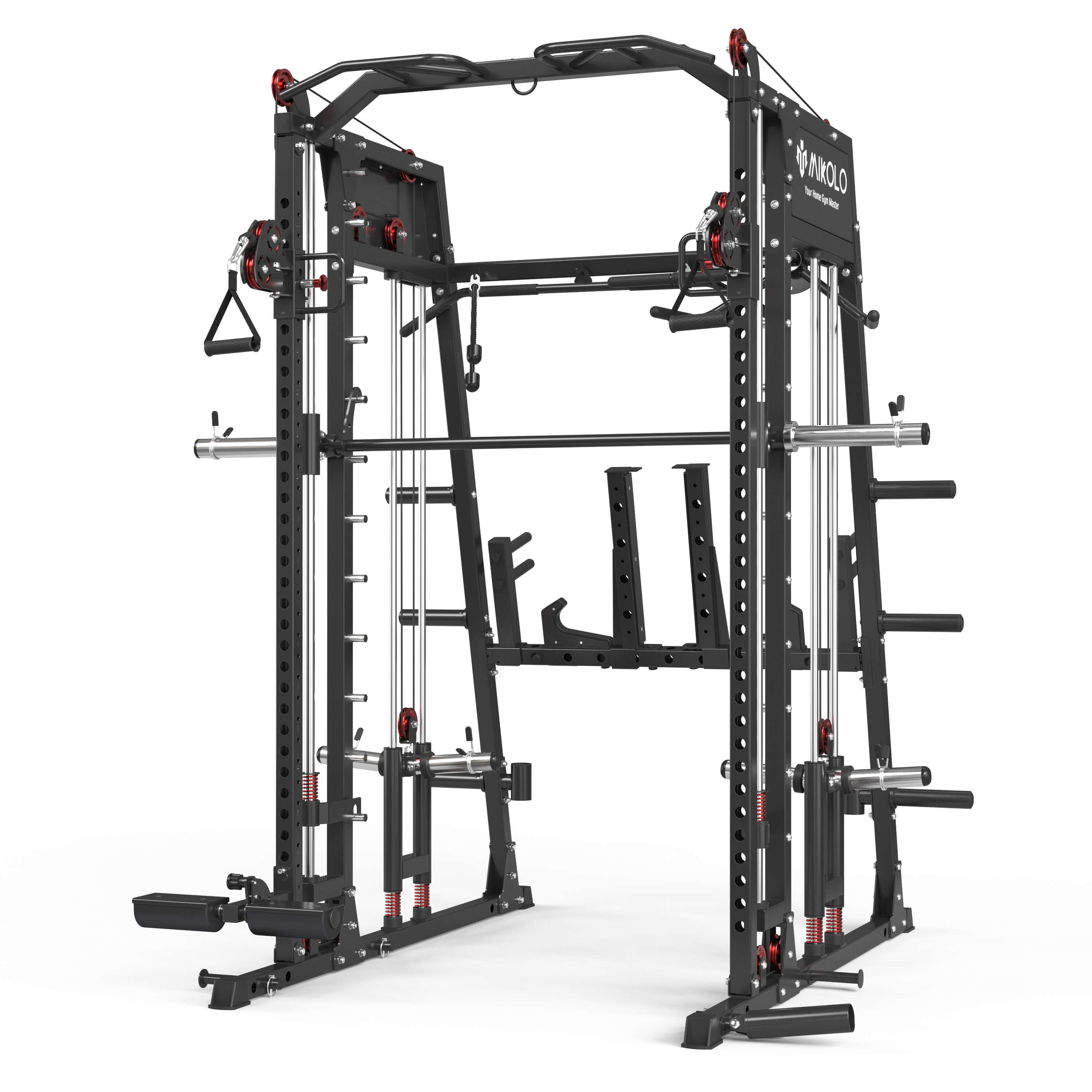
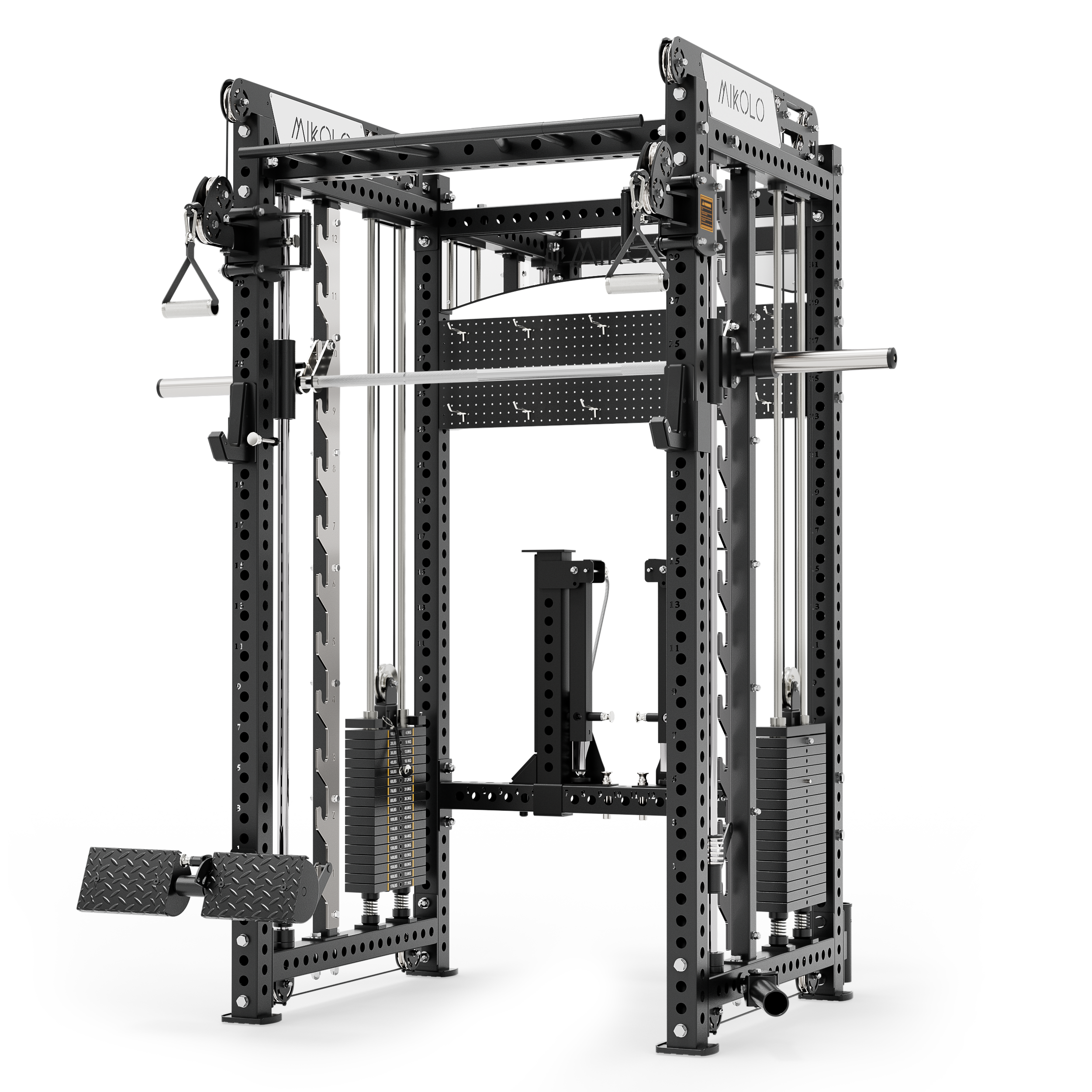
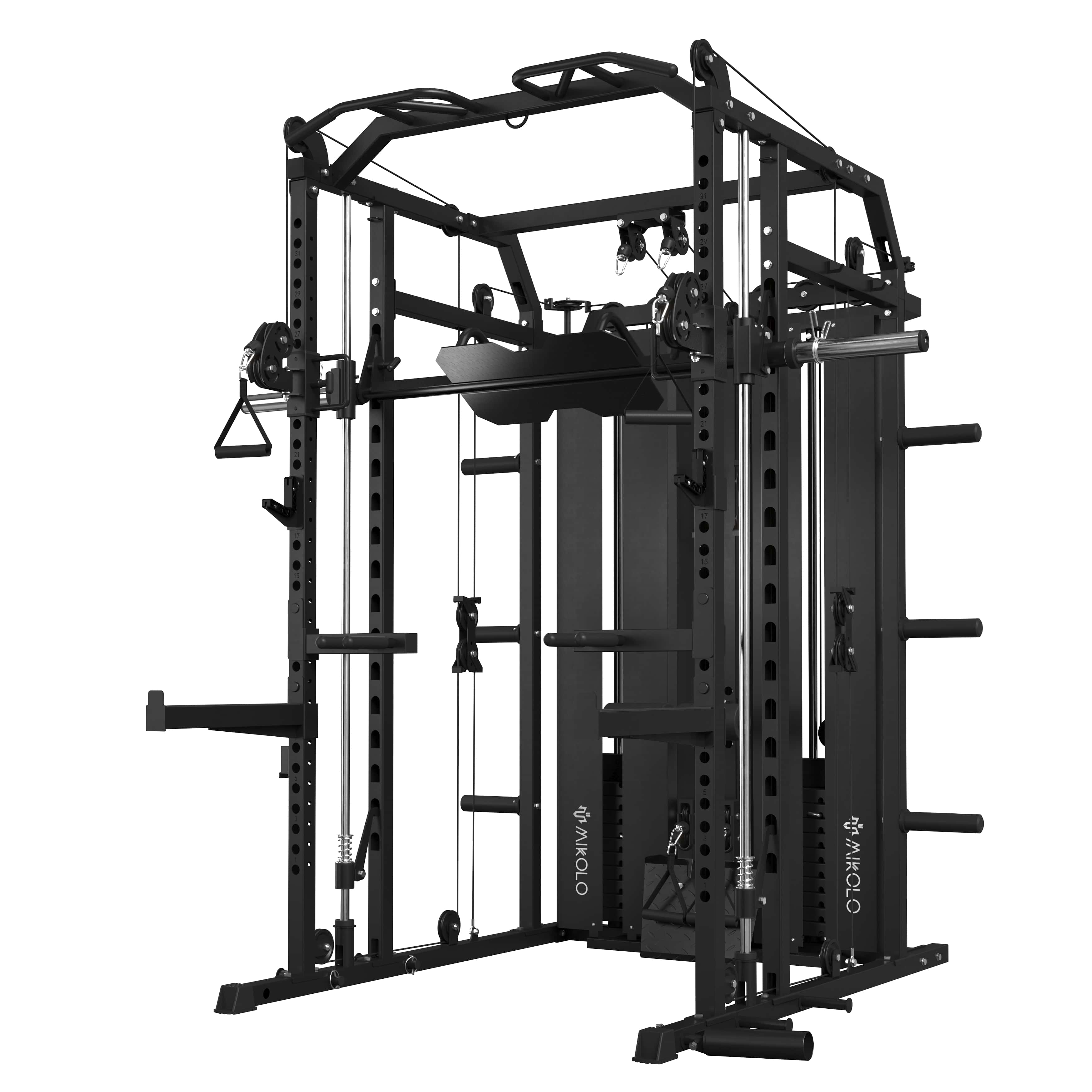
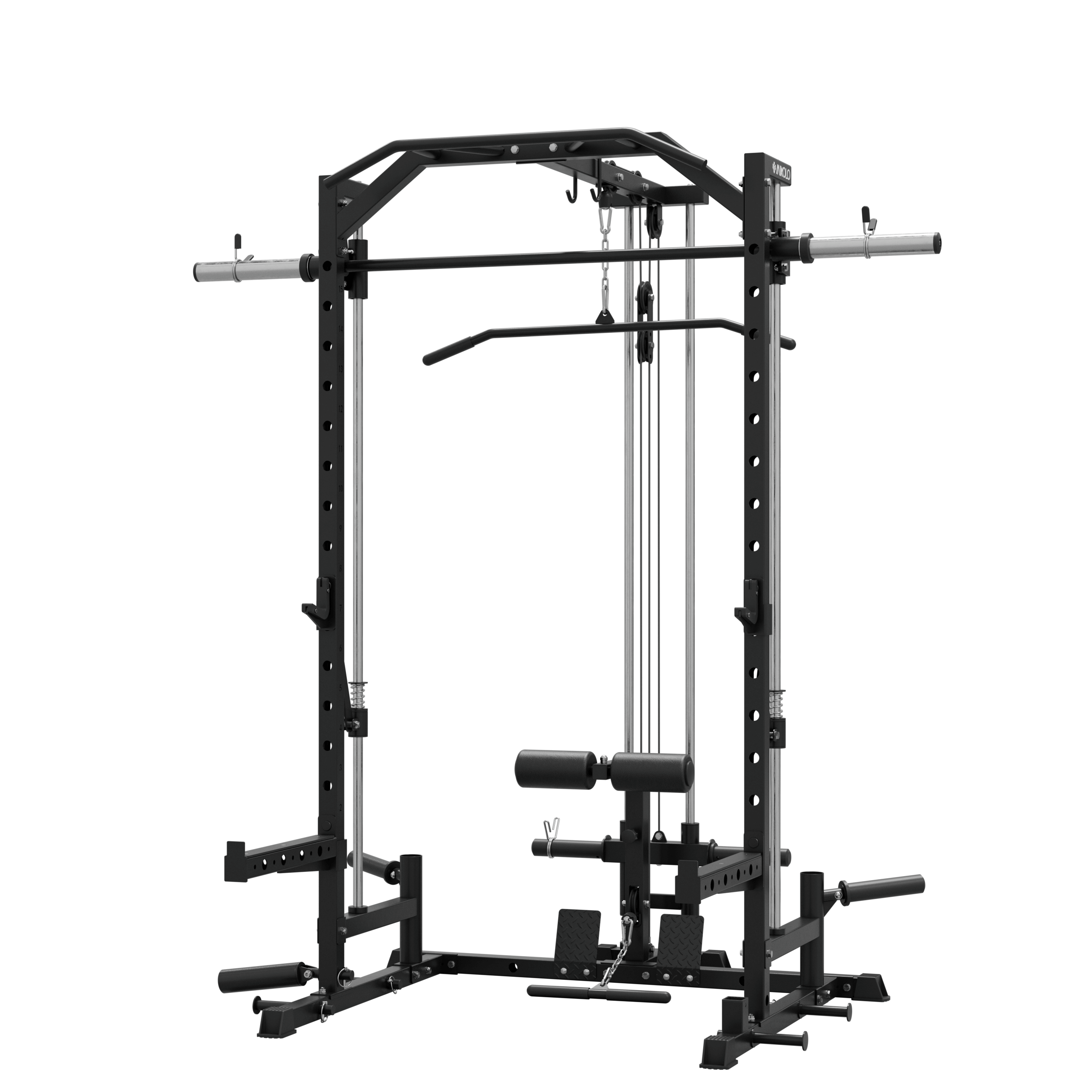
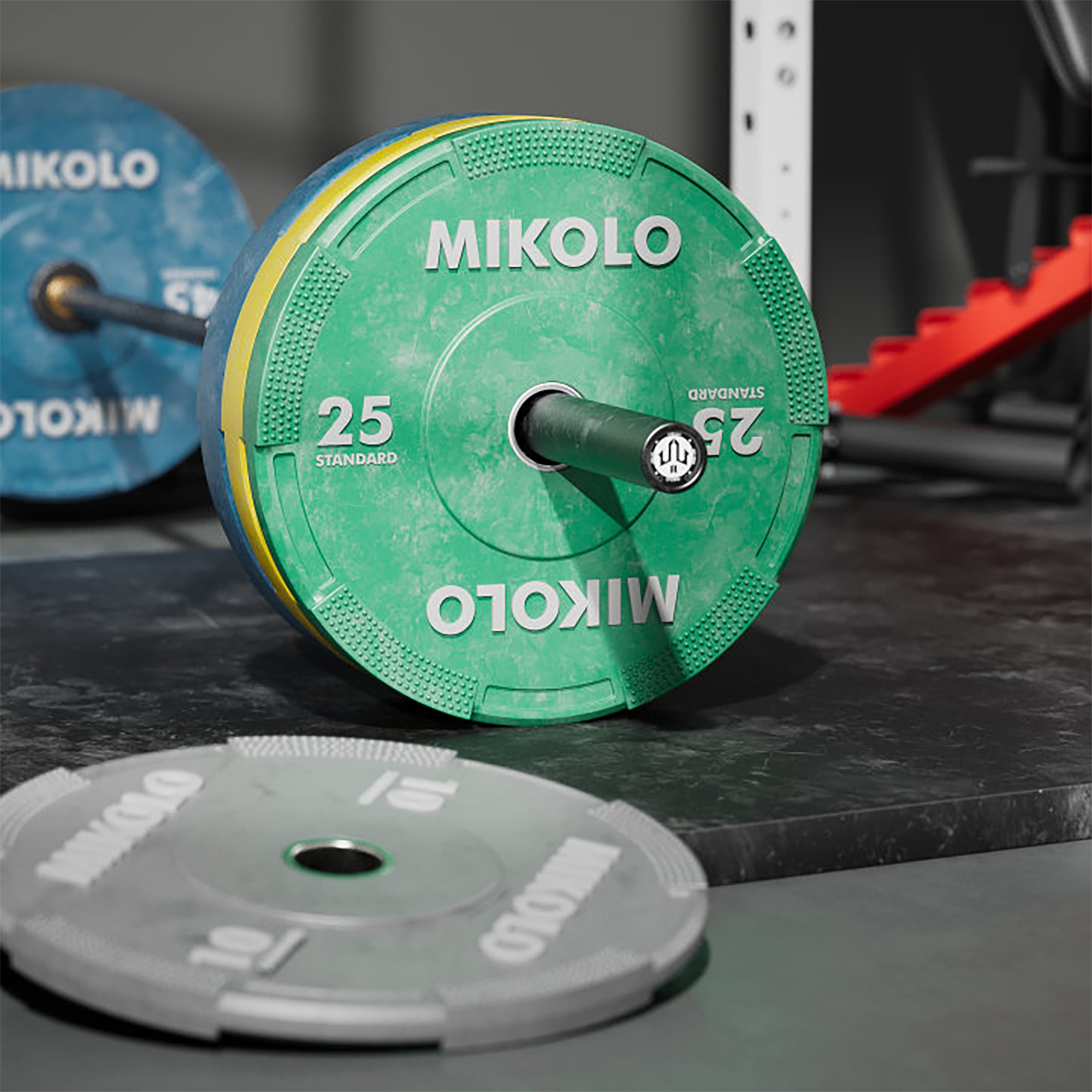
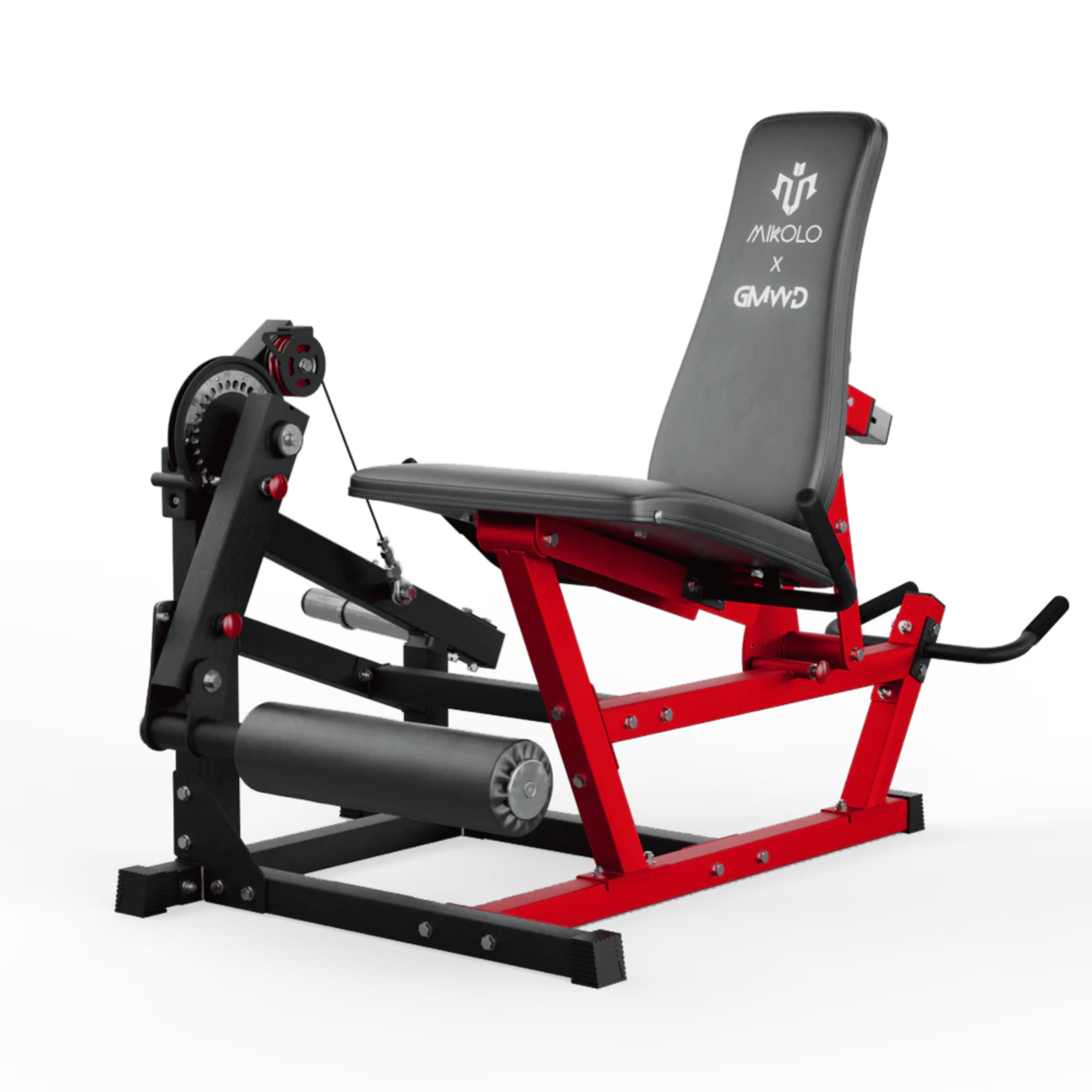
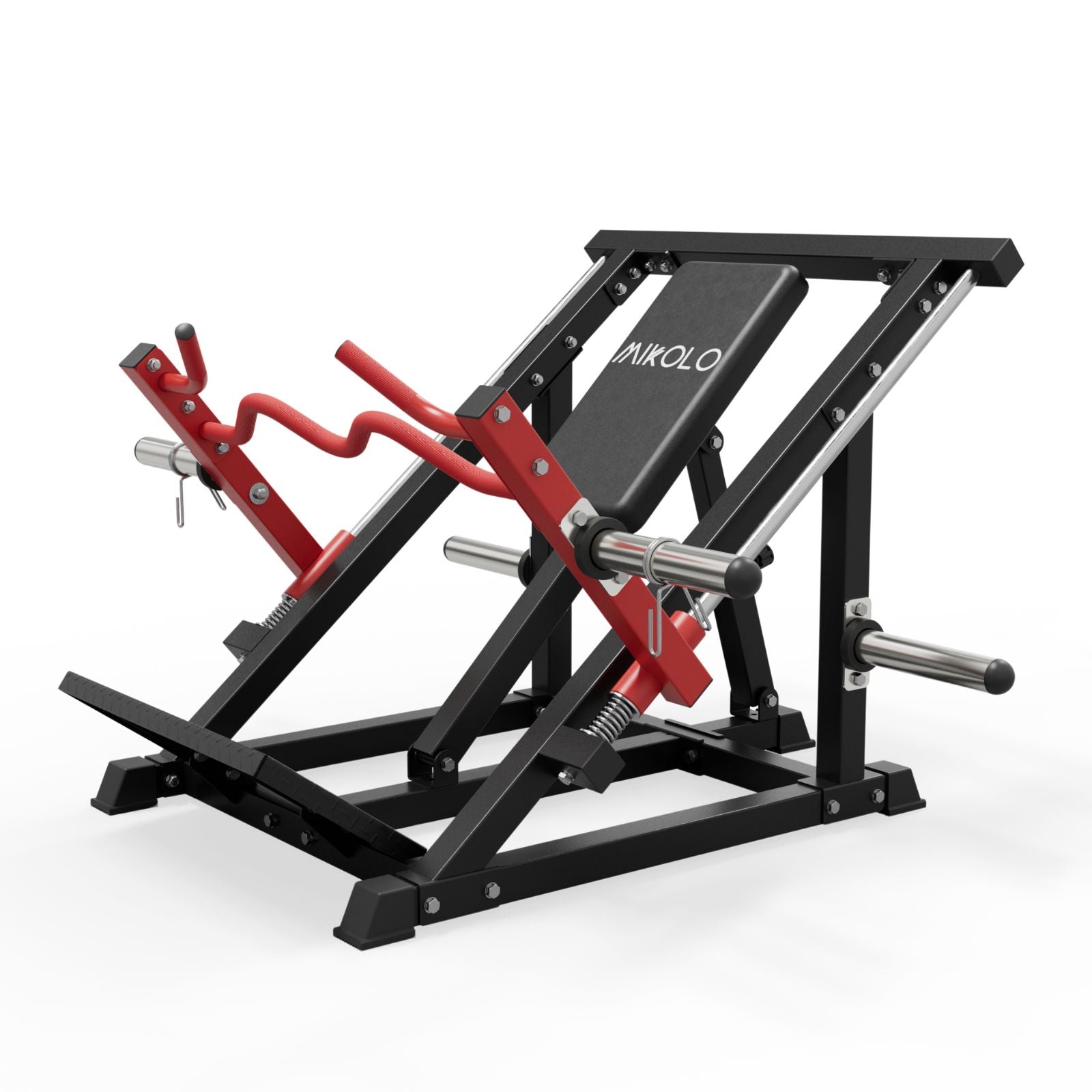
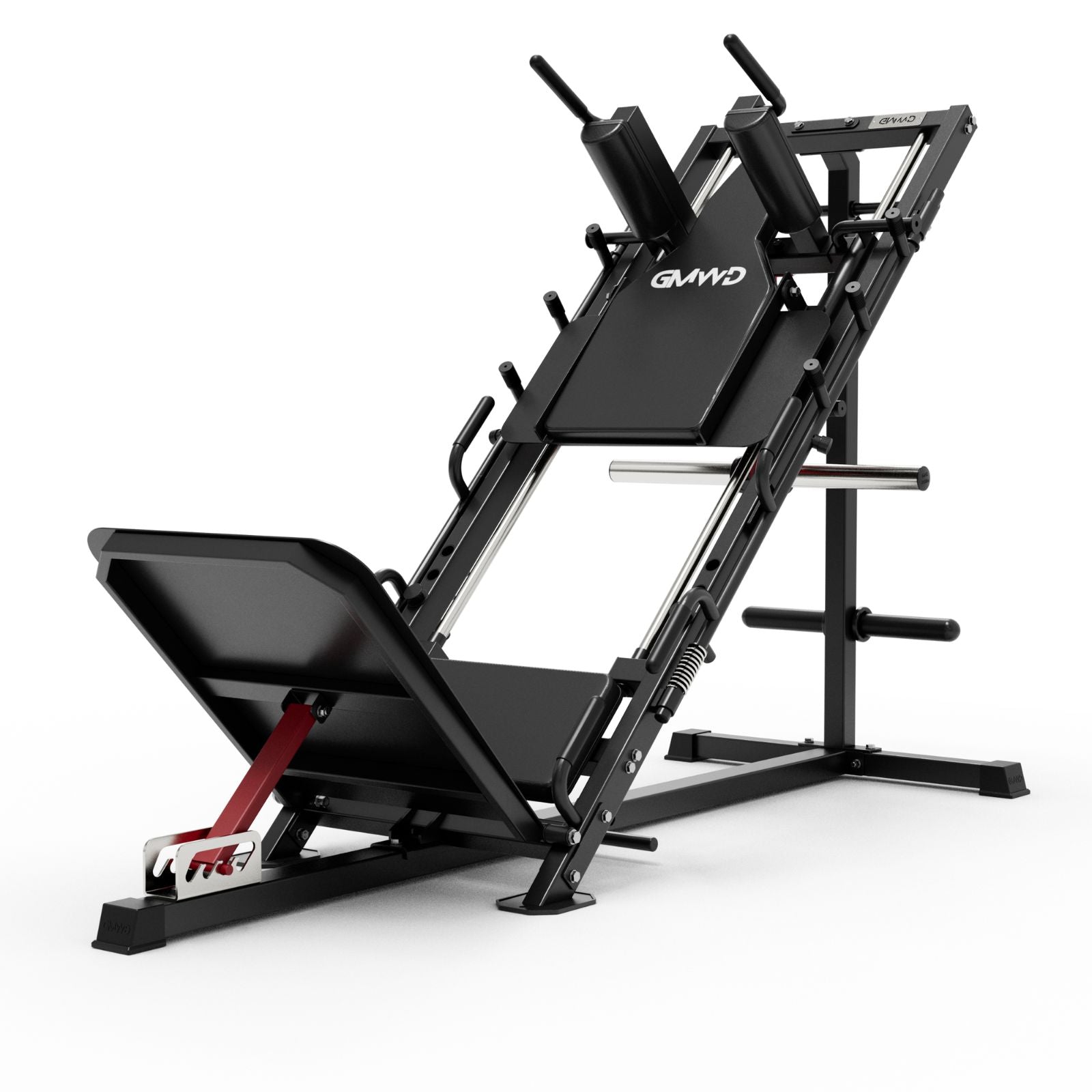


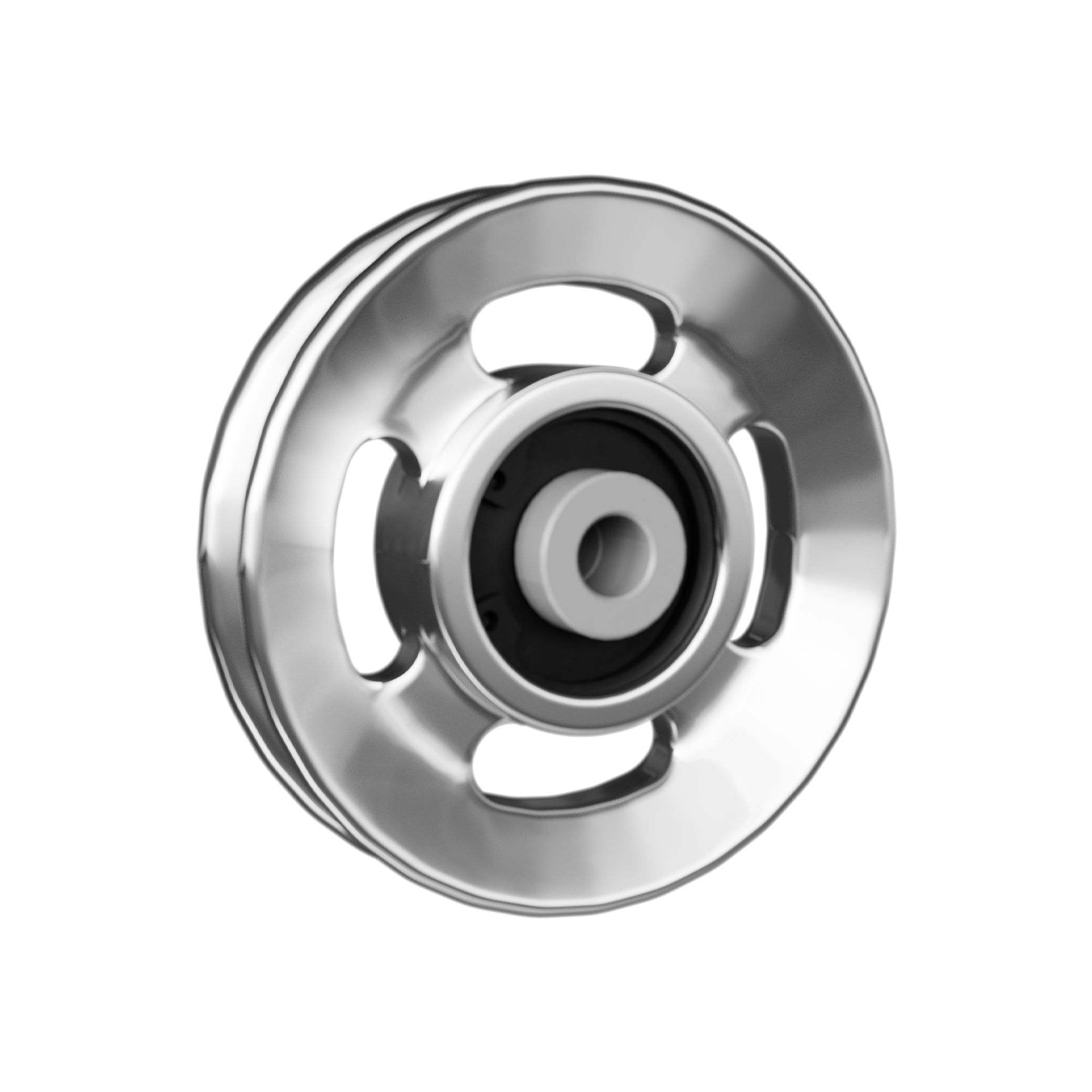
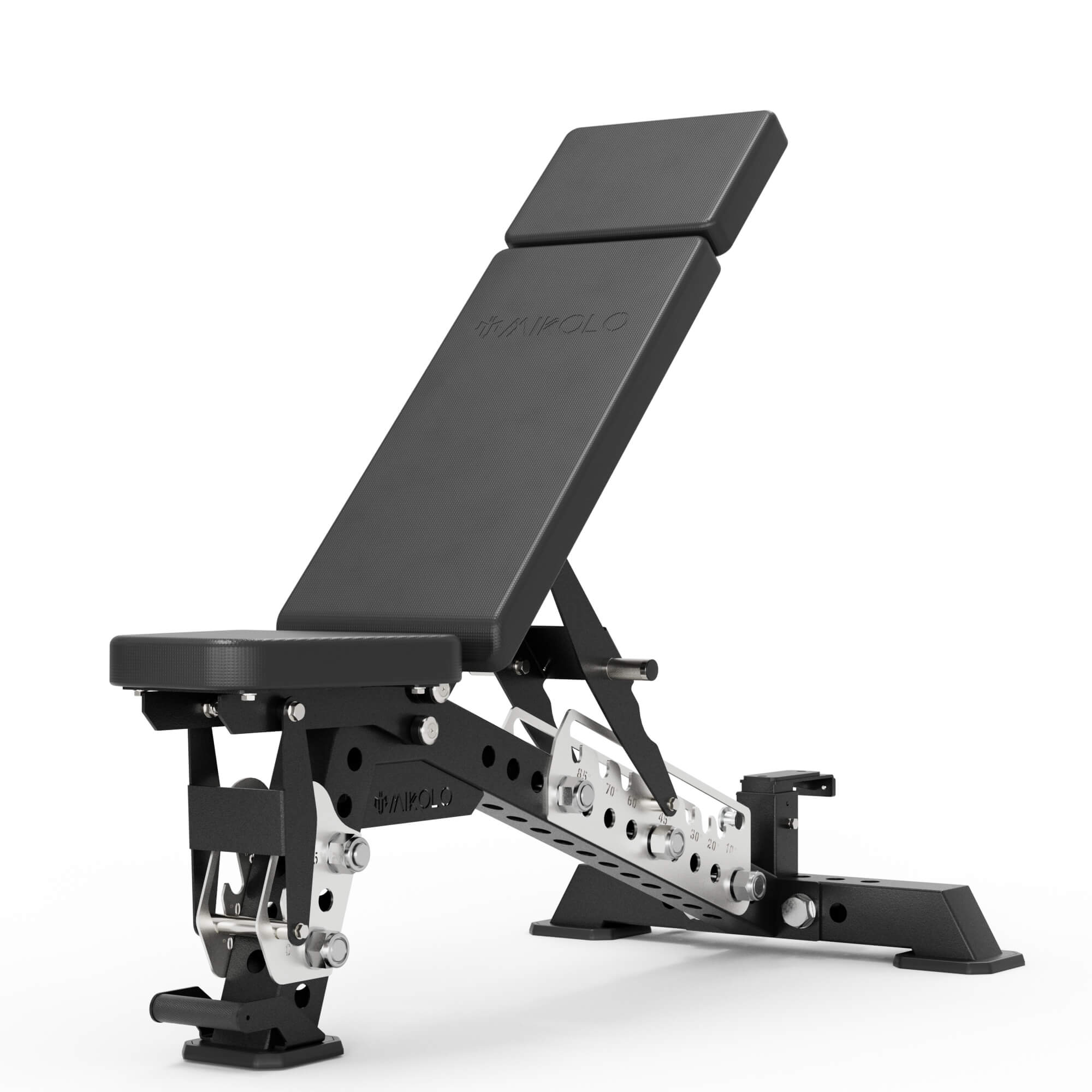


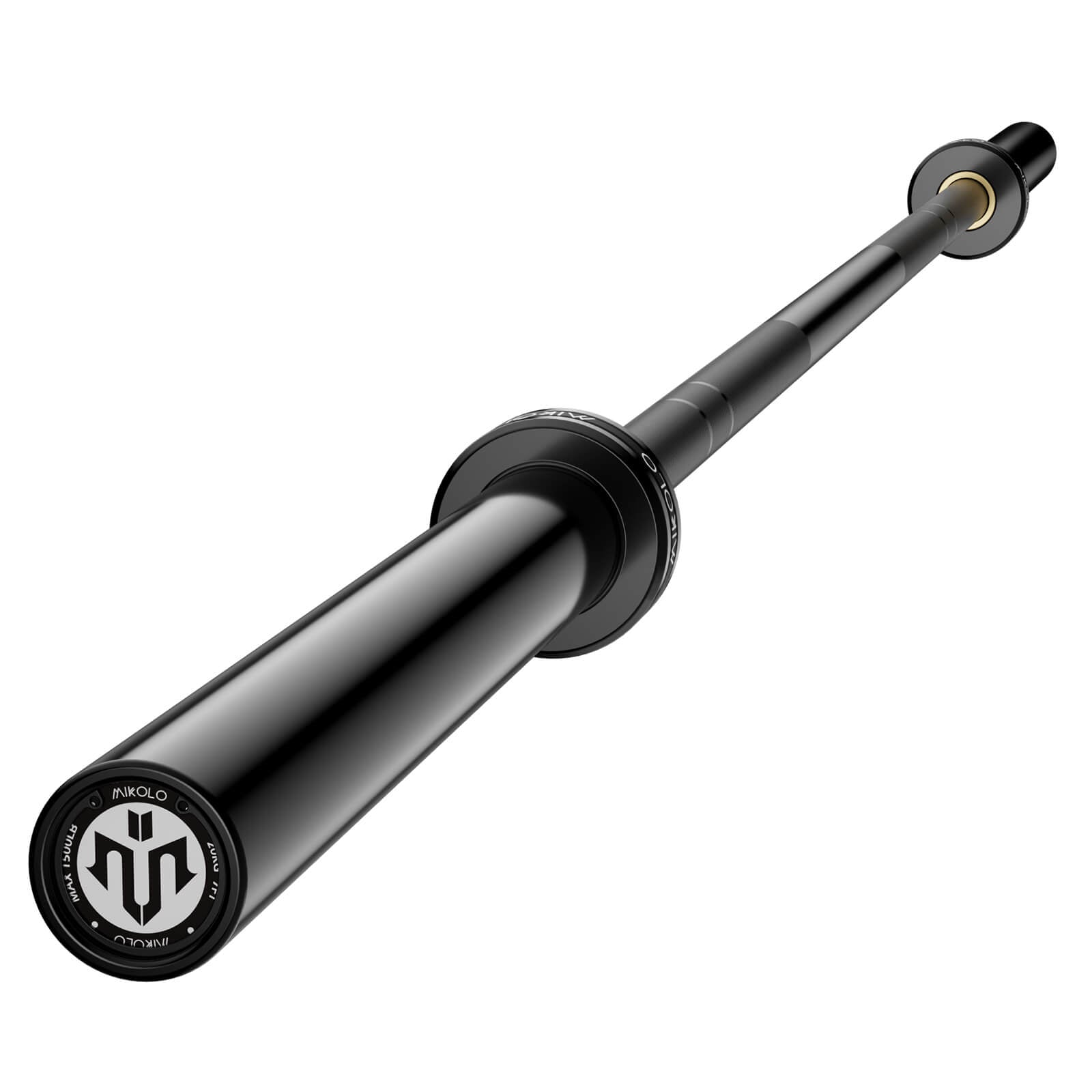

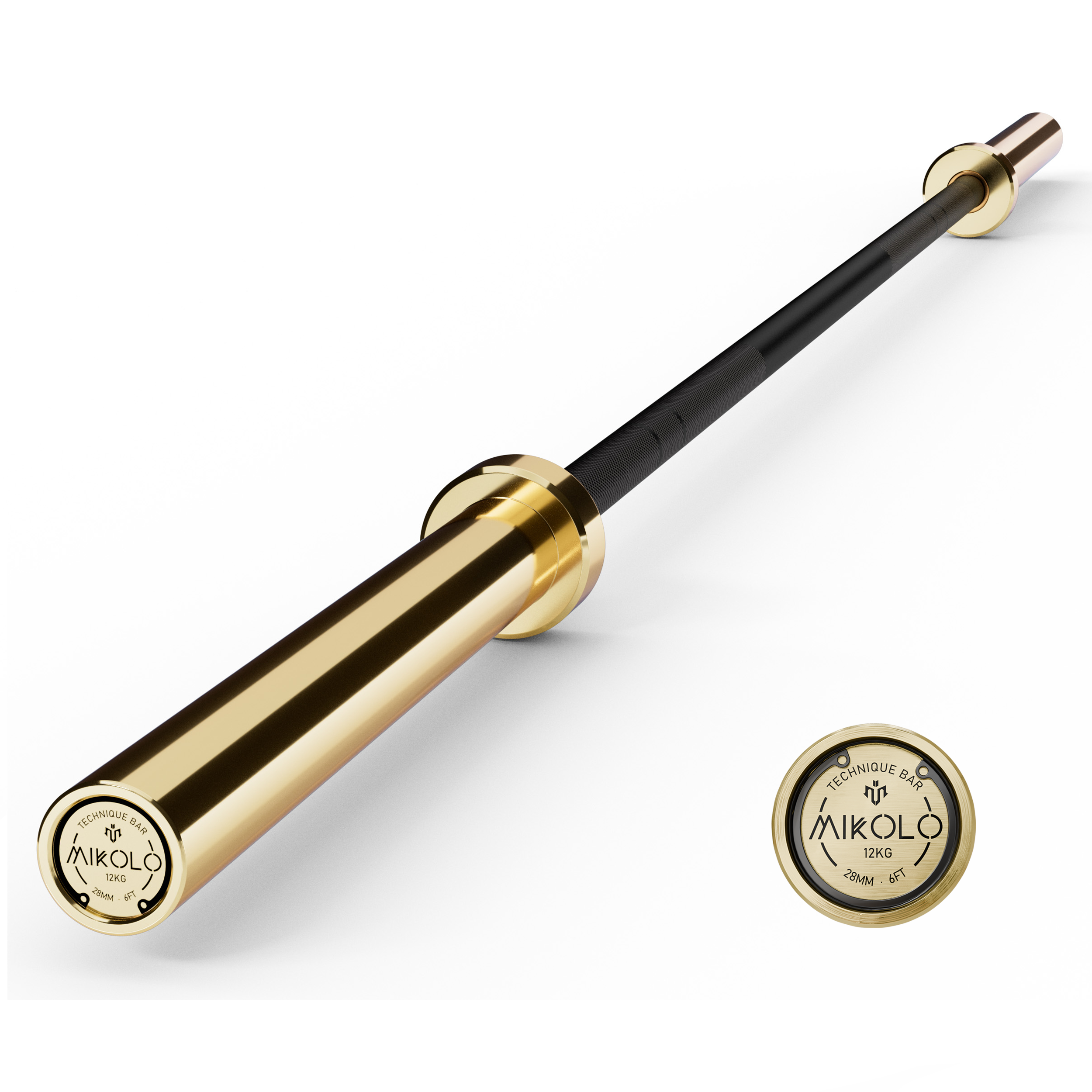
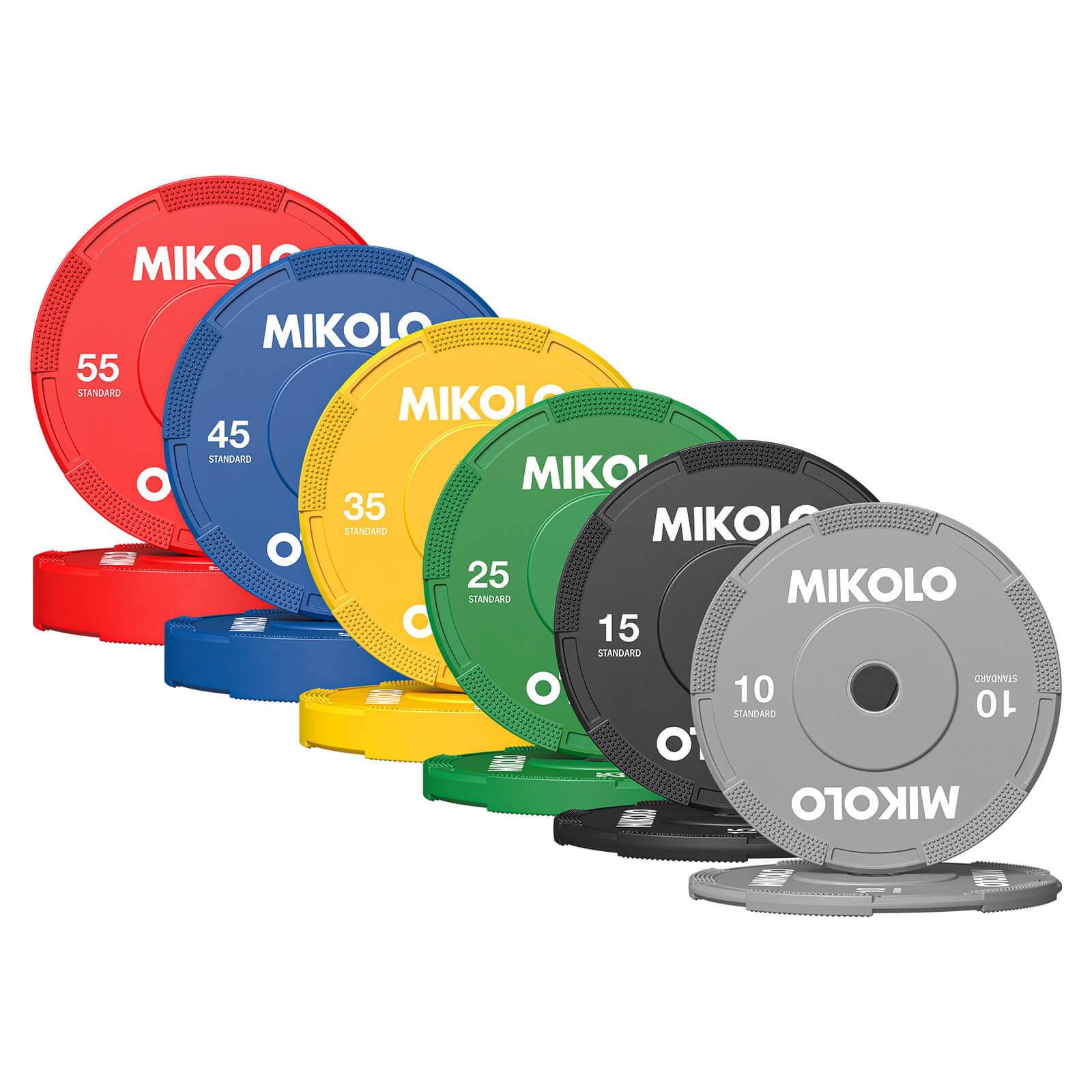
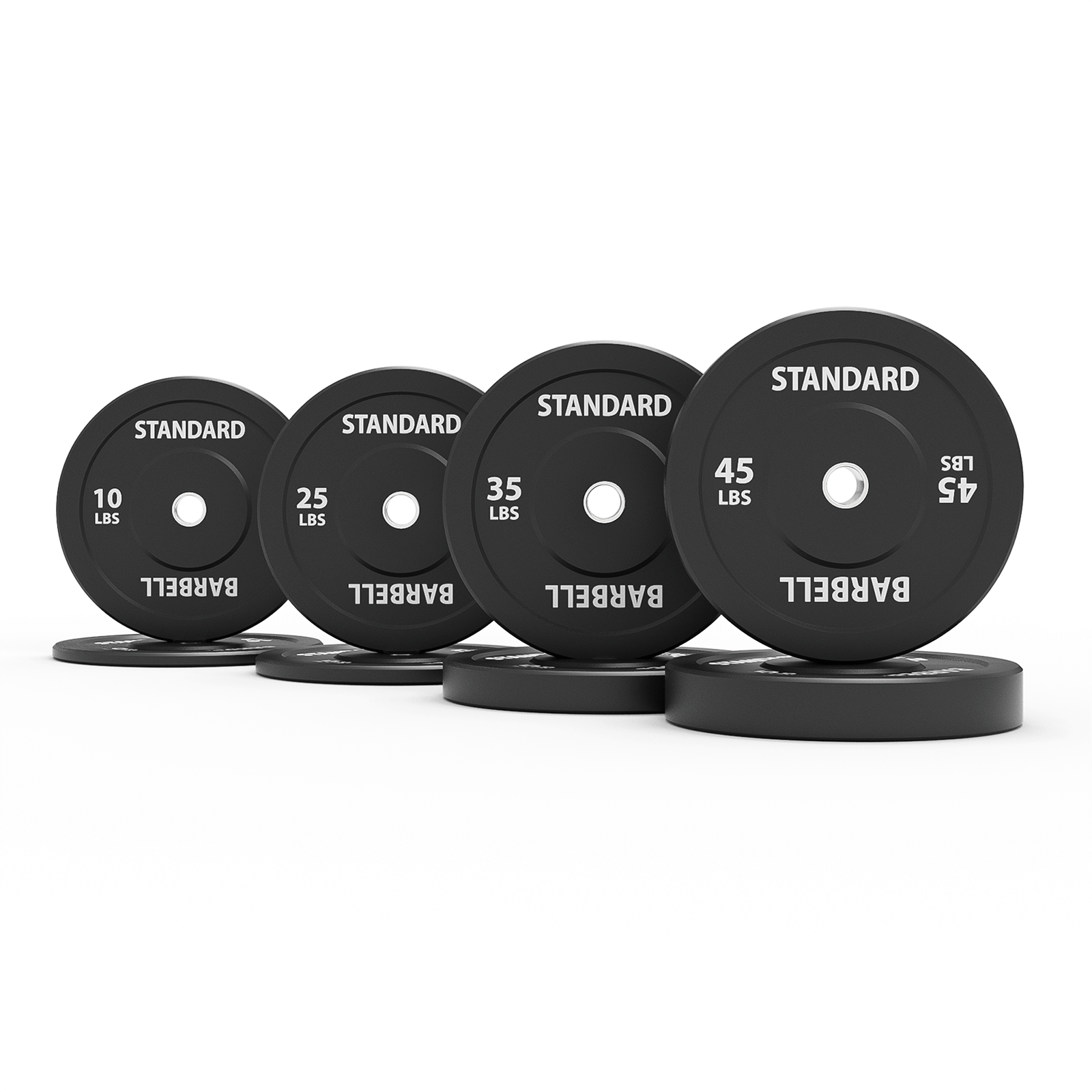
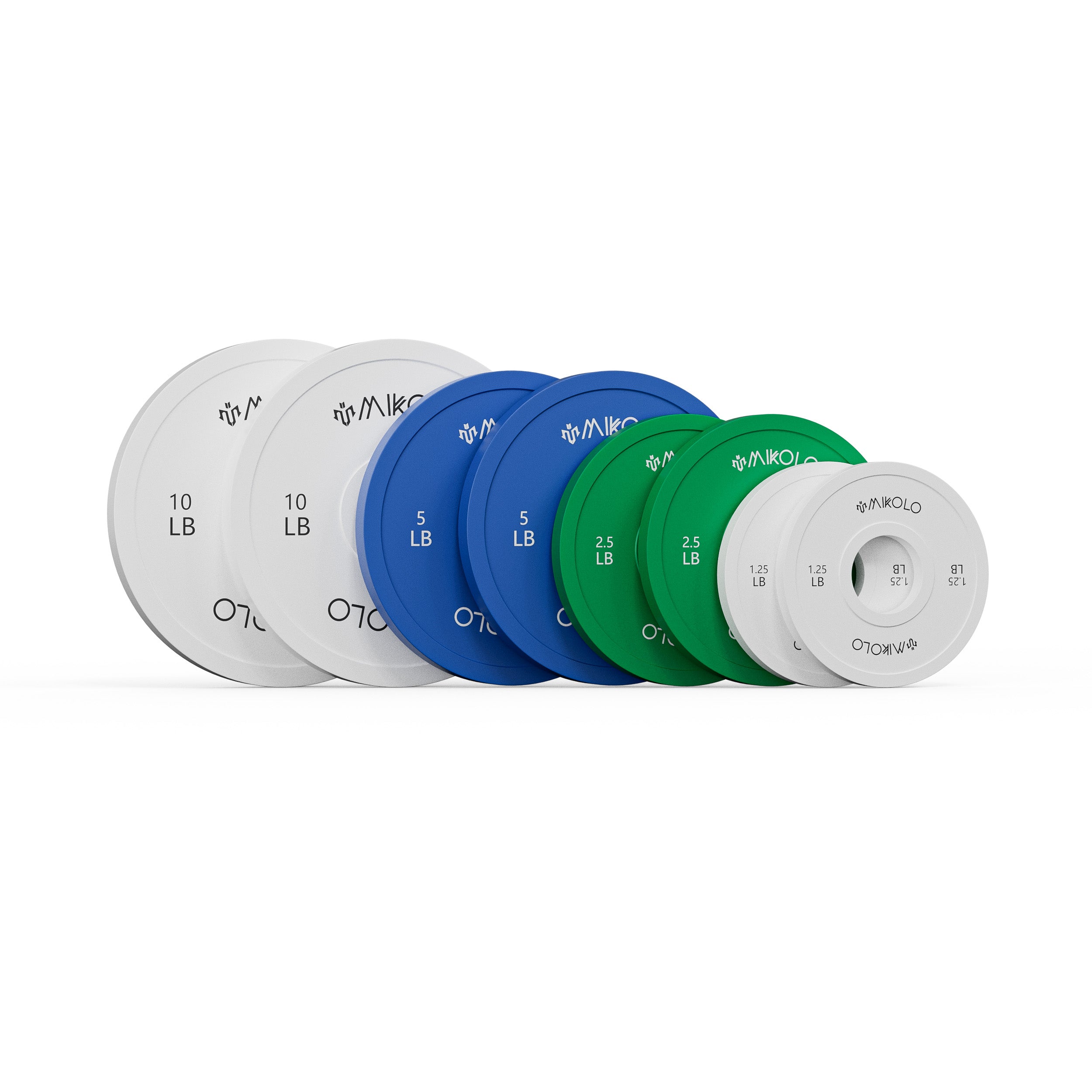
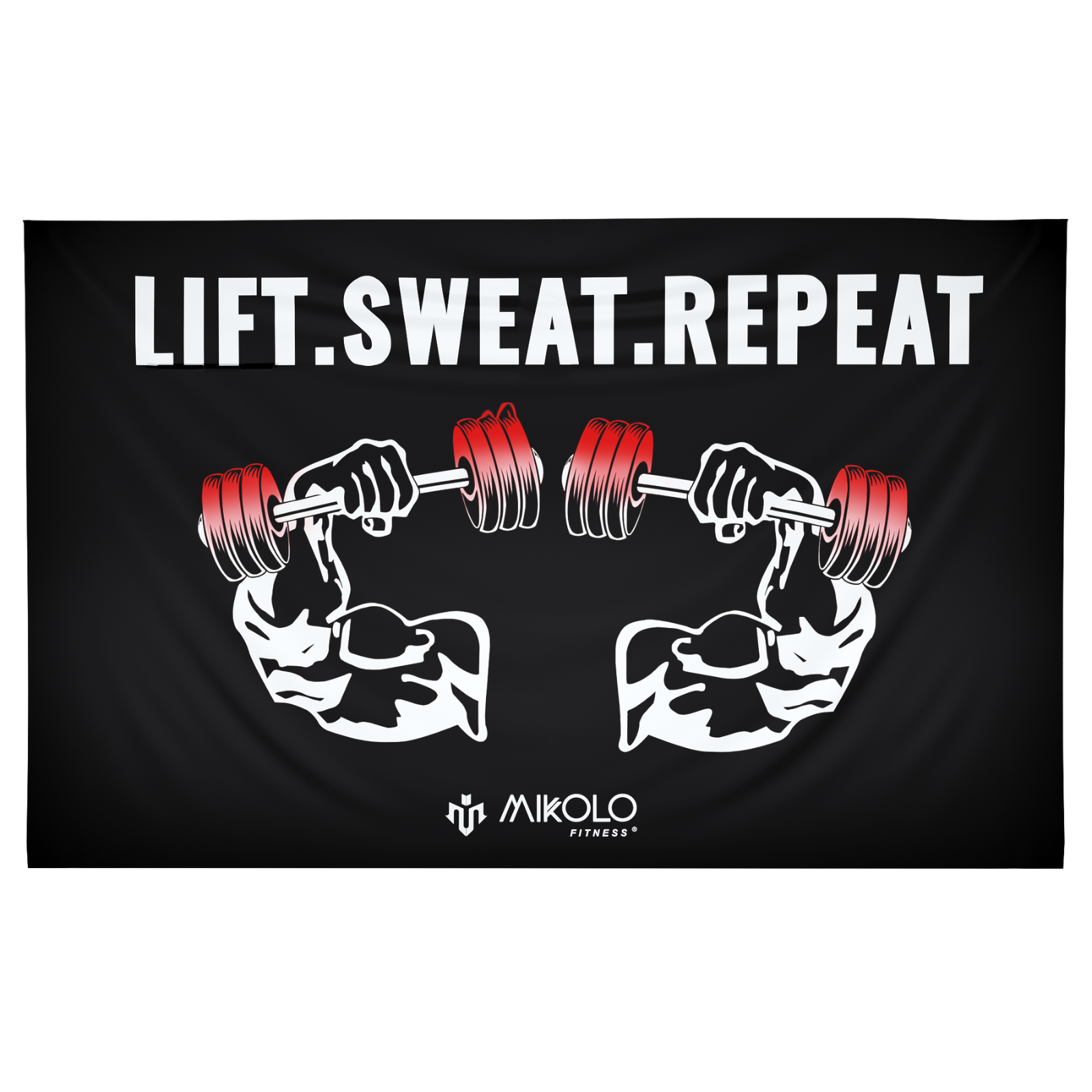
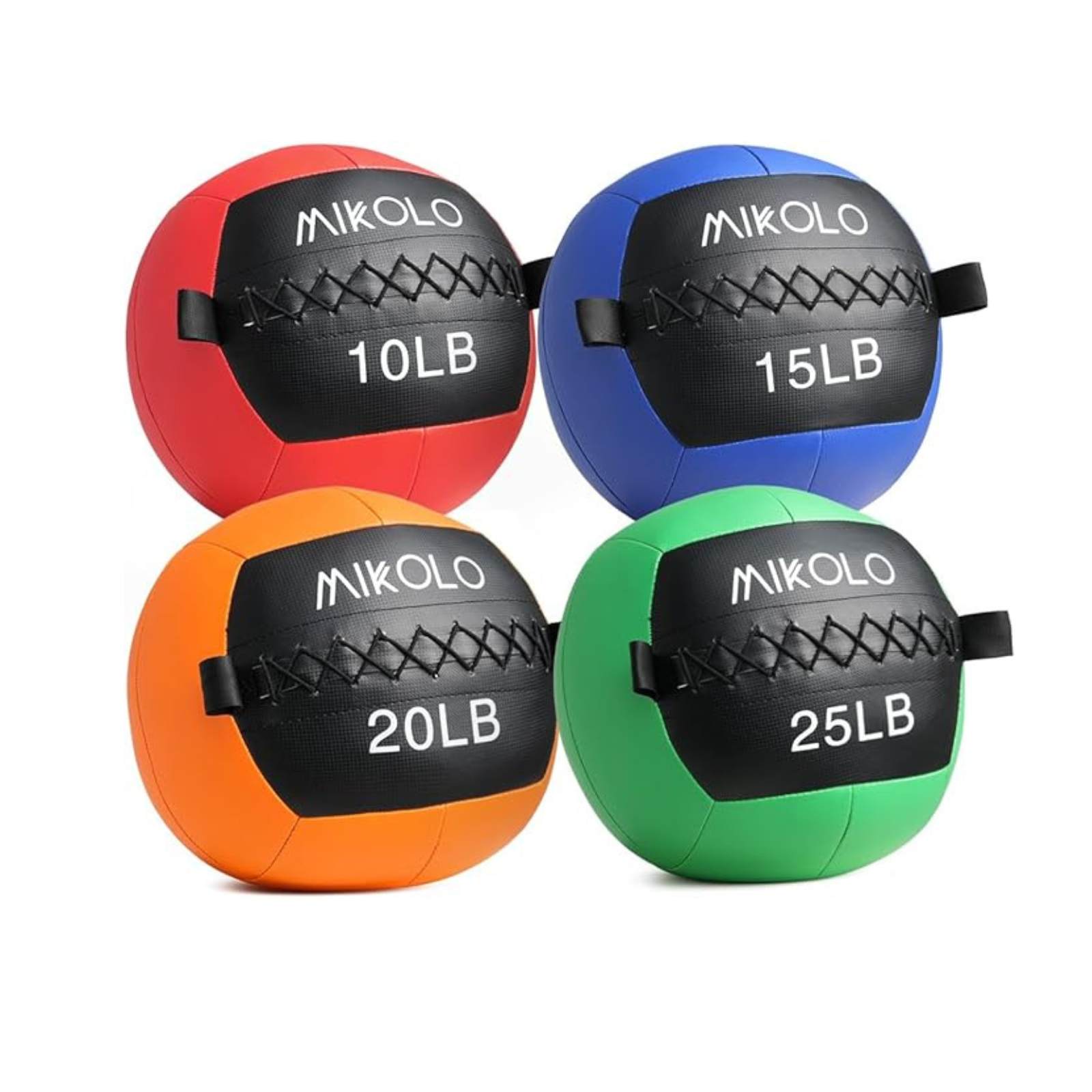
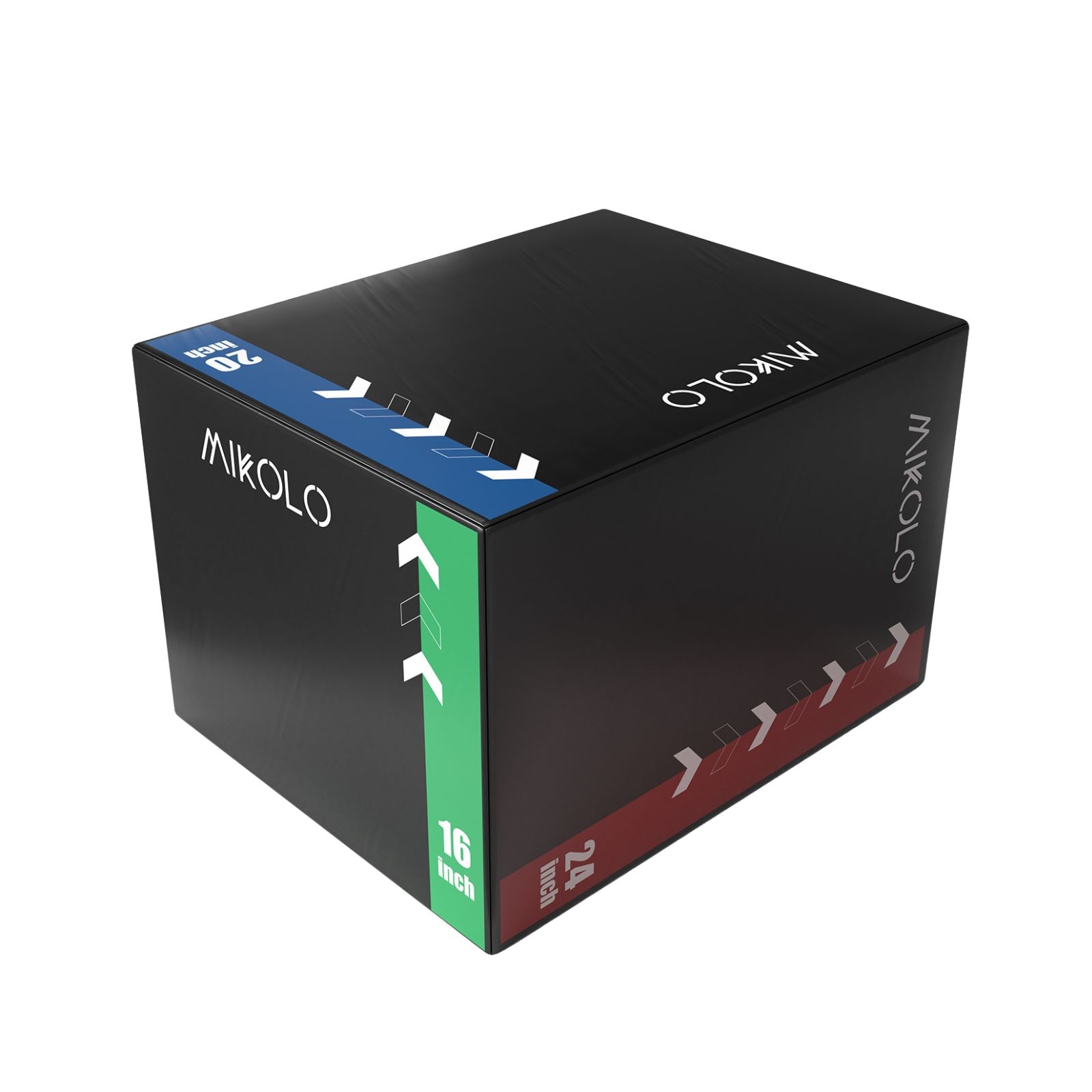

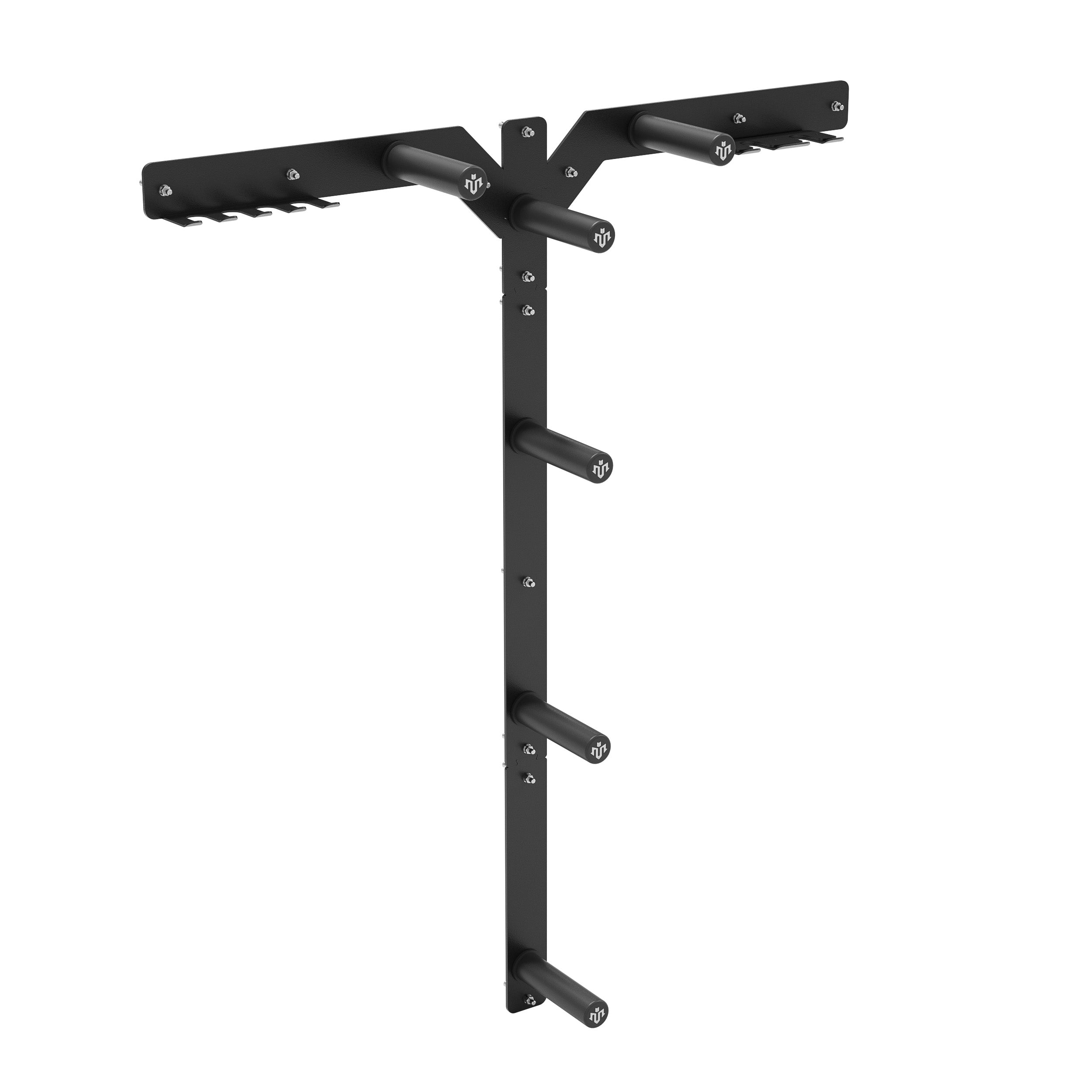




Leave a comment
This site is protected by hCaptcha and the hCaptcha Privacy Policy and Terms of Service apply.